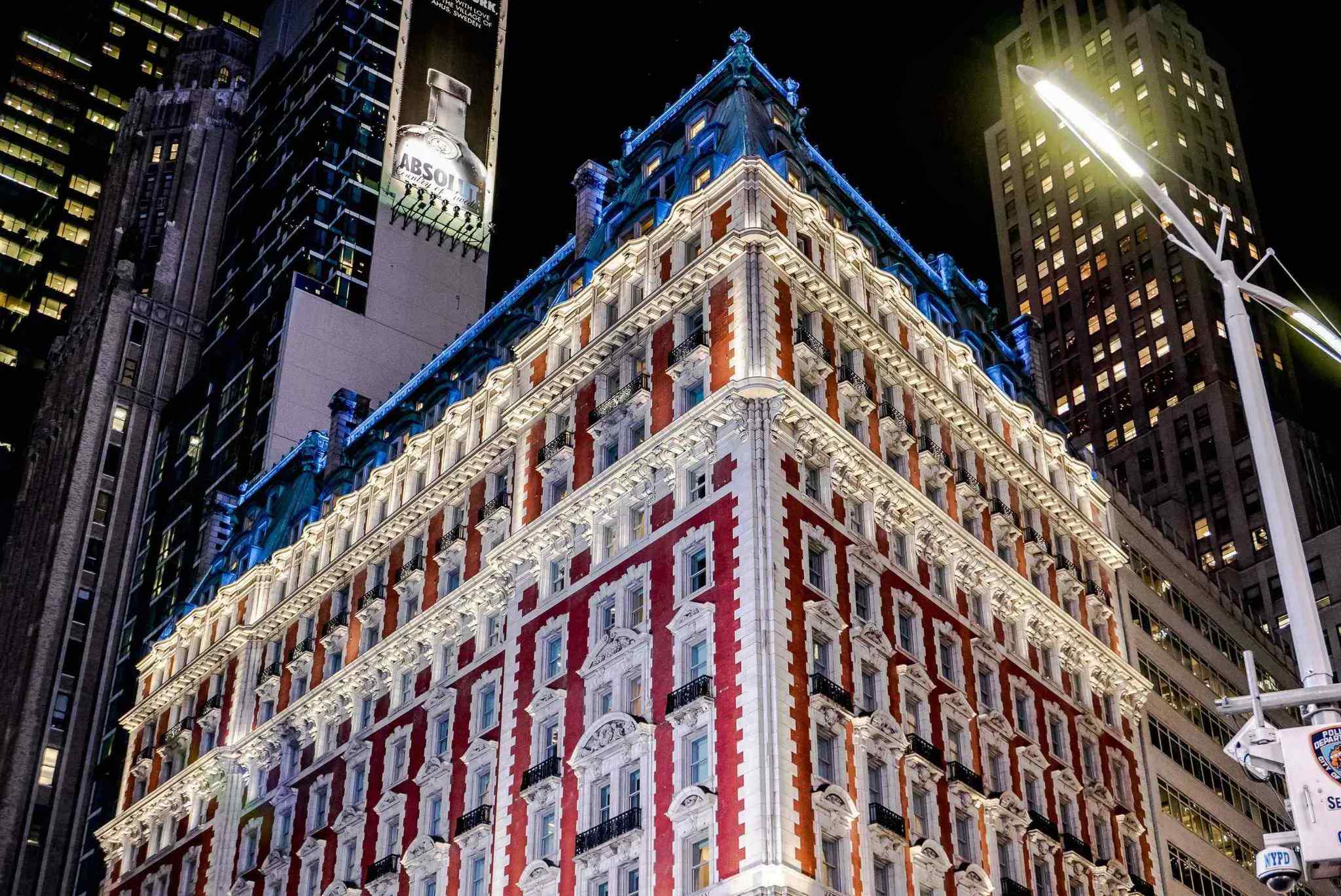We want everyone to feel the magic of New York City the same way we do. We embrace our legacy in this magnetic city and strive to help you make the most of your entire New York experience. We’re your escape from the bustle and vibrancy of the city. But we’re also the backdrop for all your adventures. We can’t wait to help you discover the energy and excitement right outside our door. Let The Knickerbocker be your muse and your guide. We’ll lead you to the very best things to see and do in this great city.
